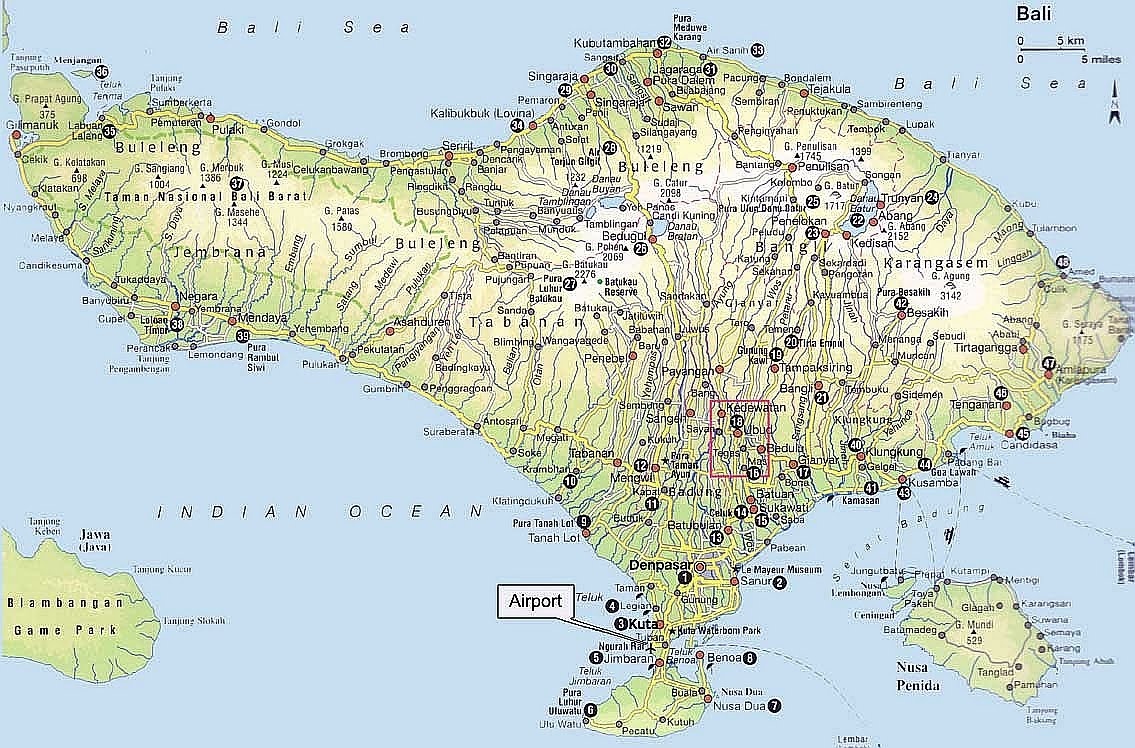| No Images? Click here By Samantha Storey and Nick BaumannIn January, HuffPost published a bombshell report about sexual misconduct at Monster Energy, the beverage company known for its claw scratch logo and highly caffeinated drinks. The women involved say they were bullied, harassed and even assaulted. Since our story published, one of the accused men resigned from Monster. The others? They still have jobs.Here is Emily Peck, the reporter who uncovered the abuse, on how she got the story.How did this story come about? Whose idea was it?I got a tip about a handful of lawsuits dealing with discrimination, harassment and retaliation filed against Monster Energy. I read the cases and started talking to the women who filed them.The cases were filed separately but had commonalities. The same executive popped up in at least two lawsuits. Some of the women cross-referenced each other in their filings. The HR department was called out as problematic in four of the suits. Obviously they all involved the same company. I started to wonder about the company’s culture -- was there a bigger story to tell? I looked over the way the drinkmaker markets its brand, mostly to men via some pretty aggressively sexist tactics, like the Monster Girls.I’ve been covering sexism at work for a long while, from various angles, these stories seemed to hit a lot of the themes I think about.This all started back in November, as #MeToo was heating up. We were learning about harassment in a lot of places; but it was still relatively rare to hear stories from large non-tech corporations. While sexism in tech has been pretty well-covered -- think Uber -- other industries manage to keep their stories from getting out.What was the hardest thing about reporting, writing or editing this piece?Some of these women’s stories were complicated to unravel so it took many weeks to talk to them all and sort out a timeline of events and characters. I wound up traveling to the west coast to meet two of the women. Finally, my notebook was overflowing with stories.I don’t know that this is the hardest part, but taking the specificity and particularities of those stories and figuring out the bigger picture is my favorite work. There’s something extremely gratifying in crafting a clear narrative from a mass of data and information. It’s like buying a bunch of flour, sugar and butter and baking a delicious cake.What did you expect to find? What surprised you?I didn’t really have expectations. I mainly just wanted to understand what all these cases were about so I could find the story. Like an excavation.I was surprised and grateful at how willing these women became over time to talk to me and share their personal stories. These were very painful experiences for them -- some spoke of the shame and embarrassment they still feel, as a result of the way they were treated. I was impressed with their openness and bravery.Did you learn anything that might be useful to other writers or reporters?The reporting here was pretty traditional, I guess the one thing I learned was patience. It can take time to figure out what the story is. Time -- and a lot of phone calls.What do you think readers should take away from this story?The long-term effects when women are mistreated at work. Their mental health suffers, their careers suffer and their finances, too. These were ambitious successful women; now their lives and careers are off-track. When people say that women lack the ambition to make it to the top at work -- or that we need to “lean in” -- they’re missing this piece of the equation. A male-dominated workforce where harassment and mistreatment is allowed, sucks the ambition out of you, to put it mildly. |
skip to main
|
skip to left sidebar
skip to right sidebar
Black as the devil, Hot as hell, Pure as an angel, Sweet as love.
Travel to Indonesia
Contact Our Team:
Raja Kelana Adventures Indonesia
Raja Kelana Adventures Indonesia
Email: putrantos2022@gmail.com
Facebook Messenger: https://www.facebook.com/putranto.sangkoyo
Our Partner
Blog Archive
-
▼
2018
(486)
-
▼
February
(36)
- Wednesday Morning Briefing: Kushner’s push from th...
- Coffee in Back of the Yards + An Ergonomic Mug
- Tuesday Morning Briefing: Comcast's Sky bid spoils...
- Monday Morning Briefing: Manafort's L.A. bankruptc...
- What happened to Norma's brain?
- Queen Elizabeth II and Anna Wintour make quite a pair
- Friday Morning Briefing: NRA chief slams anti-gun ...
- Thursday Morning Briefing: Marjory Stoneman Dougla...
- Overhead in Sustainability + Mechanical Parchment ...
- Wednesday Morning Briefing: Florida rallies for ba...
- Clive's New Brew Brand + Varieties Catalog Expands
- Tuesday Morning Briefing: Florida school staff to ...
- Monday Morning Briefing: Trump attacks FBI and Opr...
- The forensics of gunshot wounds, the story we shou...
- We finally met someone who doesn't like Prince Har...
- Daily Briefing: Grief and anger as Florida prepare...
- Barista Union Contract + Brooklyn E-Commerce
- Thursday Morning Briefing: Florida community seeks...
- Wednesday Morning Briefing: Market jitters over in...
- Pu'er Expo + Ground Control Cyclops
- Morning Briefing: Can the economy ward off the bea...
- Morning Briefing: Nobel prize nomination for Korea...
- This congressman owes you $84,000
- How to make the queen's morning cocktail 🍸
- Morning Briefing: Special Report on Myanmar massacre
- Bean Voyage + Dunkin' Goes Foam-Free
- Morning Briefing: North Korea says no U.S. talks p...
- Morning Briefing: Taser use on vulnerable targets
- Morning Briefing: Wall Street recovers after histo...
- The Astoria Storm + Foles-gers in Philly
- Morning Briefing: Eagles soar to Super Bowl victory
- There are monsters working at Monster Energy: our ...
- Meghan Markle may break major royal protocol 👰
- Morning Briefing: Texas shale tests North Sea crude
- Seven Sustainability Sins + French Presses Reimagined
- Morning Briefing: What's the beef about U.S. pork?
-
▼
February
(36)










